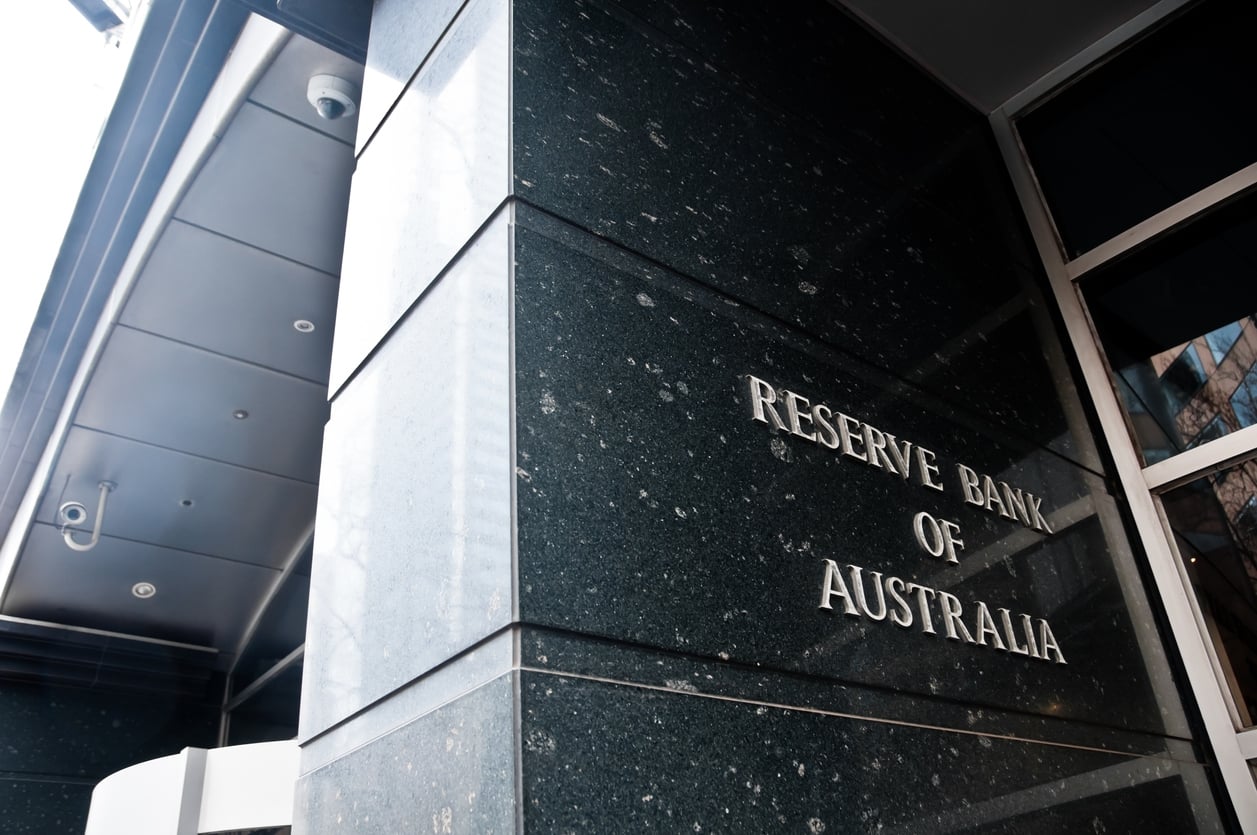Homeowners' long faces as RBA refuses to rein in cash rate

Yesterday's Reserve Bank of Australia (RBA)'s decision to jump the stalled cash rate to 4.35% has resulted in long faces for homeowners across the country.
Since its last jump from the barriers in June, the now former 4.1% rate has been an encouraging stayer for struggling homeowners - albeit this figure had already galloped to its highest level in 11 years.
The November decision now leaves homeowners saddling up to the highest rate experienced since November 2011.
But, yesterday's Melbourne Cup Day decision not to further rein in the official rates - but instead, to lift it by 0.25% - has homeowners now fearing another such surprise ahead of Christmas 2023.
It also doesn't bode well for homeowners' trust in the new RBA governor, Michele Bullock.
"Inflation still too high"
As we mentioned after the RBA's October rates decision, the central bank has had its inflation words on repeat since at least May.
Yesterday however, Ms Bullock added that inflation is proving more persistent than expected a few months ago - and pointed to the latest CPI inflation data as the main reason why the RBA board has decided to lift rates.
Released on October 25, the Australian Bureau of Statistics (ABS) figures showed inflation rose 1.2% in the September quarter, with the total change in the past year lifted to 5.4%.
The latest data also showed the most significant price rises were automotive fuel (+7.2%); rents (+2.2%); new dwelling purchases by owner-occupiers (+1.3%); and electricity (+4.2%).
In some good news, however, the latest quarterly increase is still a drop from that of 6% and 7% in the June and March quarters, and the peak of 7.8% in December 2022.
Stable forecast is some way ahead
Ms Bullock's few new words in her monetary policy decision media release yesterday, particularly regarding CPI inflation declination, certainly didn't make homeowners giddy up.
Ms Bullock said updated information on inflation, labour market and economic activity had been received since the central bank's August meeting, all of which had affected yesterday's decision.
"Progress looks to be slower than earlier expected ... CPI inflation is now expected to be around 3½ per cent by the end of 2024," she said.
"Underlying inflation was higher than expected at the time of the August forecasts (and) ... the weight of this information suggests that the risk of inflation remaining higher for longer has increased.
"The Board judged an increase in interest rates was warranted today to be more assured that inflation would return to target in a reasonable timeframe."
The RBA's long-held target rate of 2-3% is still in place for late 2025.
However, housing prices are "continuing to rise across the country".

Expect property jockeying to slow
Following the latest CPI inflation figures, which surprised even the Big 4 Banks, all these lenders predicted the RBA would canter to a new cash rate lead yesterday.
CoreLogic's Tim Lawless is also concerned that while the RBA decision is not a spur-of-the-moment decision, it could disrupt market confidence and take heat out of the recent, encouraging housing market rebound.
"November's rate hike is a clear sign the RBA is ready and willing to push interest rates higher if inflation is tracking above their narrow path..." Mr Lawless said.
He also believes the central bank's blinkered focus on their 2-3% target range isn't helped by other long-running financial issues, including persistently tight labour market conditions.
"The lift in rates combined with ongoing cost of living pressures and alarming geopolitical environment is likely to weigh on consumer sentiment, which is already in deeply pessimistic territory," he said.
"Lower confidence could act as a drag on housing market activity, denting buyer demand at a time when advertised stock levels are rising across most regions."
Mr Lawless added that a rebalancing between buyer demand and advertised stock levels could take some heat out the current housing upswing.
Market may go down without a fight
Despite such concerns, Mr Lawless believes home buyers could still manage to hoof it to a new home, with good property growth being is a strong possibility for vendors.
"While growth in housing values is likely to slow further, it’s hard to see prices going backwards over the near term," he said.
"A shortage in housing supply, record low vacancy rates, and a lagged flow through to purchasing demand from record levels of overseas migration should also help to keep some upward pressure on home values."
The RBA’s next monthly cash rate announcement - the last for 2023 - will be on Tuesday, December 5 at 2.30pm AEDT.


